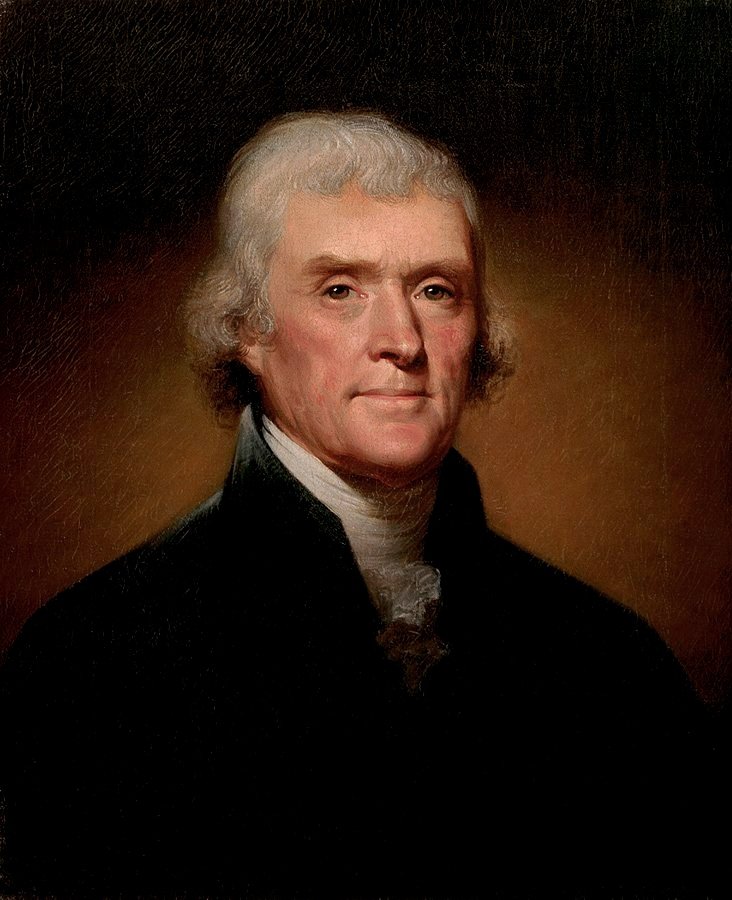Last night saw agreement, finally, on a programme for government between Fine Gael, Fianna Fáil, and the Green Party—agreement, at least, between their negotiating teams and party leaders.
Now comes the more challenging part: getting each party’s membership to sign off on it. While Fine Gael and Fianna Fáil seem to be confident that their members will pass the deal, which way the Green Party will swing is much, much harder to predict. We’ll find out over the next two weeks.
In the meantime, what does the programme for government tell us about the future direction of the next government?
From an ideological perspective, what stands out is “Big Government”; it’s back, and with a bang. Its hallmarks are everywhere, from unprecedented investment in housing, public transport, and other infrastructure, to big spending on social and health services, education, and childcare.
The trend toward Big Government did not start with these negotiations. This movement has been gathering momentum arguably since the 2016 general election, but particularly over the past year, first during the election campaign, and then following the results and subsequent Fine Gael-Fianna Fáil framework document published in April. Undoubtedly, the shock and extent of Sinn Féin’s February success has also exerted an external pressure on all parties to move to the left.
In the middle of it all Covid-19 struck, further accelerating the political momentum and public clamour for Big Government. Decisions were made early on by most national governments, Ireland’s included, to prioritise the health and wellbeing of citizens over economic imperatives.
Whatever the economic, ethical, and ideological merits of this decision (and economists have been divided in their views), the global crisis Covid-19 has created has clearly exposed the undeniable reality that for all the talk of the power of free market economy, it is only the state, and its capacity to heavily borrow in times of crisis, that is equipped to deal with a crisis of this magnitude.
Twentieth-century history tells us this has long been the case. When global economic shocks have occurred, the state has always stepped in as the ultimate backstop. The stock market crash of 1929 led to the first iteration of Big Government in the modern era, to the “New Deal” in the United States and the emergence of strong welfare states in Europe.
With crisis over in the post-war boom period, the public and voters’ support for a big, interventionist state inevitably waned over the succeeding decades. It was a sentiment embodied by global leaders such as US President Ronald Regan, who famously said: “You can’t be for big government, big taxes, and big bureaucracy and still be for the little guy.”

Big Government, big cost
So, what has this all got to do with Ireland and our new programme for government? It is precisely because implementing a Big Government approach is the single largest dilemma for the next government.
Recent governments have shied away from such large-scale investment in public services and infrastructure, likely because of its full, far-reaching cost, and the effects of the necessary revenue raising measures required to fund it, particularly on businesses and taxpayers.
It is an approach that comes with serious economic and political challenges, particularly if all three coalition parties are not wholly committed to it.
It’s telling that one of the supposed sticking points in the negotiations was a division on how quickly the new government and taxpayers move to balance the books and pay down debts accrued during the Covid-19 crisis, with Fine Gael on the one side and Fianna Fáil and the Greens on the other.
The spectre of our €30 billion deficit looms large. Fine Gael, it is reported, want to address this quickly, with Taoiseach Leo Varadkar describing it as the “best way to avoid austerity”; the Greens and Fianna Fáil are said to be more eager to push out Covid-19 repayments for a longer period.
It’s not that a large, interventionist state is necessarily a bad thing; it is clear our public services have not been delivering for Irish citizens for some time. Rather, it’s that the timing for funding these services is not exactly opportune. We have an economy trying to get back on its feet, and many of the funding sources required to help it do that—particularly consumption taxes such as excise and VAT—are reduced.
Striking a balance
The difficulty lies in something pointed out by one of Ronald Regan’s predecessors, Thomas Jefferson, more than two centuries earlier: “A government big enough to give you everything you need is strong enough to take away everything you have.”
His comments get to the heart of the challenge the next government faces. While there is public demand for the state to play a much larger role in the lives of its citizens, a demand that the programme for government responds to, such a sweeping investment package comes at a price that will ultimately have to be paid by taxpayers.
Fine Gael might have committed to no increase in income tax or the USC in the next Budget, but this does not include other consumption taxes such as a carbon tax or increases in PRSI.
The risk, as Jefferson alluded to, is a situation where government intervention goes too far and the taxes on expenditure and business become such a heavy burden that they remove the entrepreneurial drive and the motivation for businesses to expand and grow wealth, all of which are essential to ensure all sections of society can benefit from a vibrant and healthy economy.
Striking that balance is something that all governments must do, but for a tri-party coalition with diverse ideological views, and with distinct factions within each party, it becomes all the more challenging.

We were here before in 1994 with the Rainbow Coalition of Fine Gael, Labour, and the Democratic Left. That government lasted over two and a half years. Though a much shorter term of office than normal, were a Fianna Fáil, Fine Gael, and Green Party government to function for a similar duration, it could be enough to get our country through and out the other side of the two biggest challenges facing our country in decades: a post-Covid downturn and Brexit.
Anecdotally, it seems that the public favour the formation of a government to get the country back up and running. For now, though, we’ll have to wait on the side lines for at least another two weeks as the work of selling the deal to party members gets underway.

About the author
Amanda is Director of Policy and Campaigns at 360. She develops comms plans that are underpinned by strategic and policy considerations and achieve meaningful change. Her greatest strength is her ability to speed read, honed by many years of scanning newspapers for client coverage.
